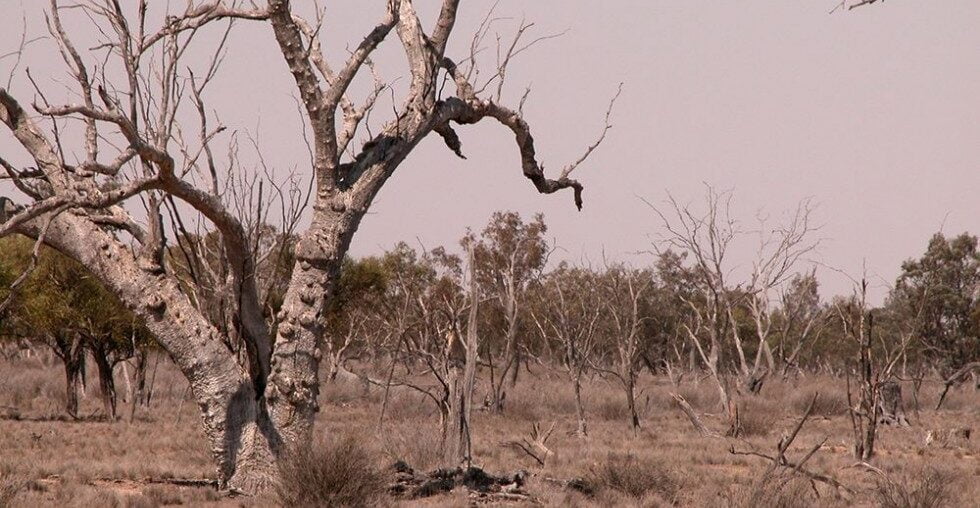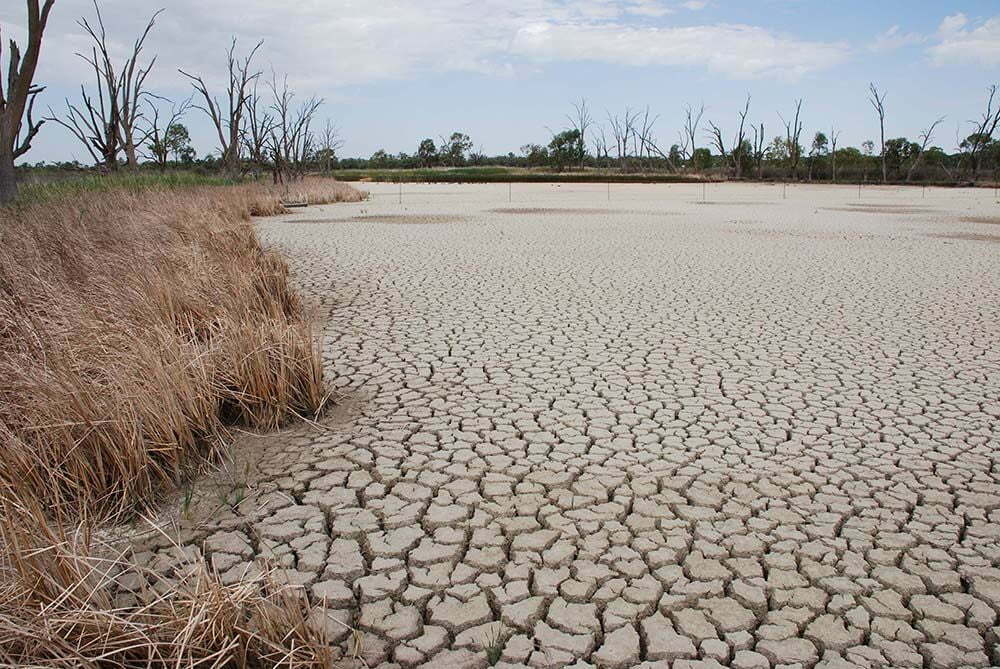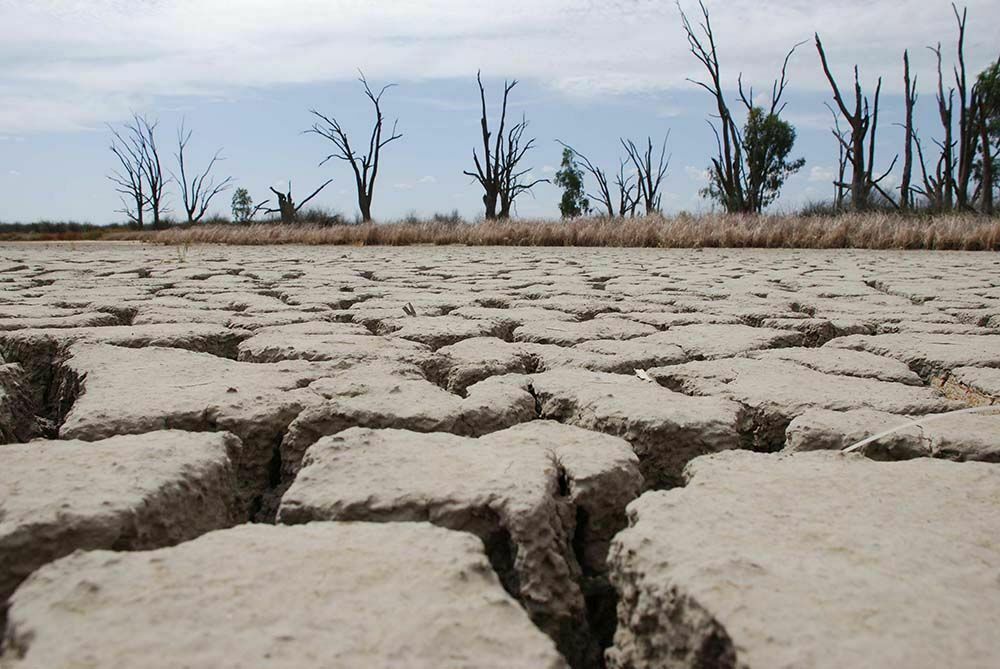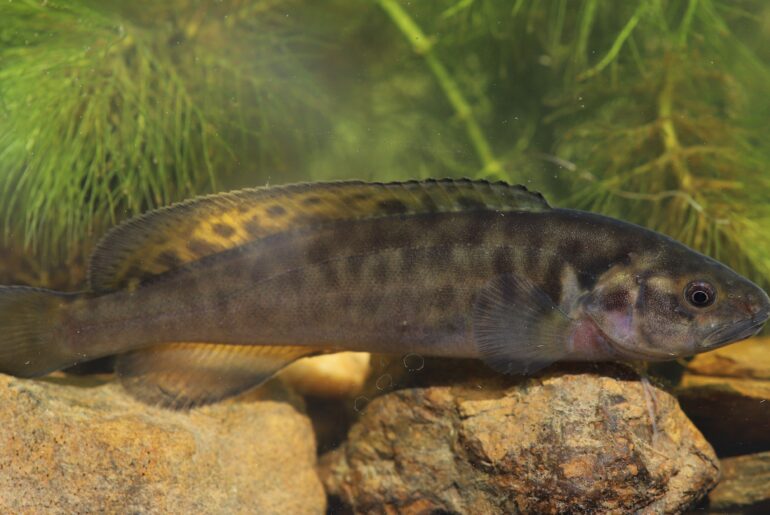In the decade spanning 1996 to 2010, the Murray Darling-Basin (MDB) experienced extreme drought conditions, resulting in a variety of responses from changes in flow and water quality, to the drying of some habitats. This report reviews published and government literature relating to the impacts of drought on freshwater ecosystems, specifically focussing upon fish species and assemblages in the MDB. The responses of aquatic ecosystems and of various native fishes to drought impacts are addressed and used for the development of conceptual frameworks to enhance understanding of ‘resistance’ and ‘resilience’ of fish populations to drought in the MDB.
Resistance – the ability of fishes to tolerate conditions during a drought (e.g. high water temperatures, low oxygen levels etc.)
Resilience – the ability of fishes to respond and recover following a drought to form sustainable populations.
Findings:
This review has captured the major mechanisms through which drought impacts upon aquatic ecosystems and freshwater animals. Native freshwater fish are used as a focus due to their strong value as an indicator of ecological health, and their susceptibility to the impacts of drought and climatic disturbance. The literature revealed the cyclical seasonal nature of drought in the MDB and differentiated regular season cycles of drought and rainfall with over-season, progressive drought.
The conceptual framework developed as a result of this work uses a seasonal string approach through which the effects of drought disturbances and prolonged climate change upon native fish populations and assemblages, over successive seasons of varying drought intensity, can be better understood. This framework may be used to apply data to predict population susceptibilities and thresholds, thus identifying drought resistance and resilience attributes, as well as potential assemblage changes and species losses under a variety of climate change or drought scenarios.
By examining life history traits, this study identified three distinct Drought Response Groups of fishes that each consisted of species exhibiting similar resistance and resilience traits.
- Drought Response Group 1 which were conservation dependent species and typically had poor dispersal ability, limited distribution and high patchiness within the natural range.
- Drought Response Group 2 comprised large bodies long lived species.
- Drought Response Group 3 were a group of common and widespread native and exotic species.
Poor dispersal ability, linked with limited and patchy distributions were the key factors driving the separation of Drought Response Groups. These factors are therefore the likely derivers of the poor resilience potential identified for the majority of threatened and high risk species in the MDB.
Key messages:
Information generated by this study will be used to more accurately predict effects of climate change on different native fish species (with respect to the groupings of drought resilience and resistance indentified above). This will lead to more specific recovery and rehabilitation actions aimed at vulnerable native fish species. It will also help to identify priority areas for rehabilitation and preservation of crucial drought habitats for species vulnerable to drought.
Read more: McNeil, D. G., Gehrig, S. L. and Sharpe, C. P (2011). Resistance and Resilience of Murray-Darling Basin Fishes to Drought Disturbance.







